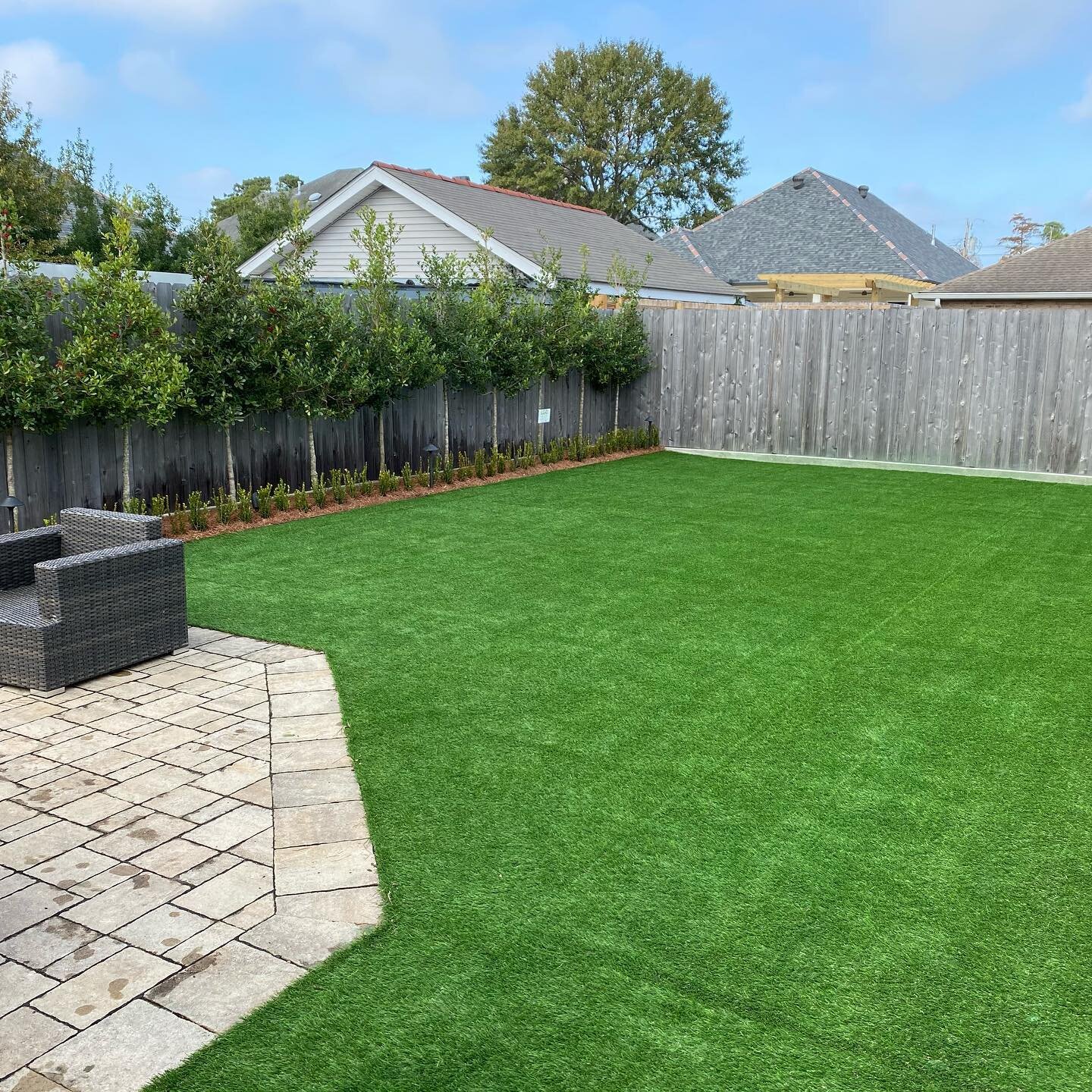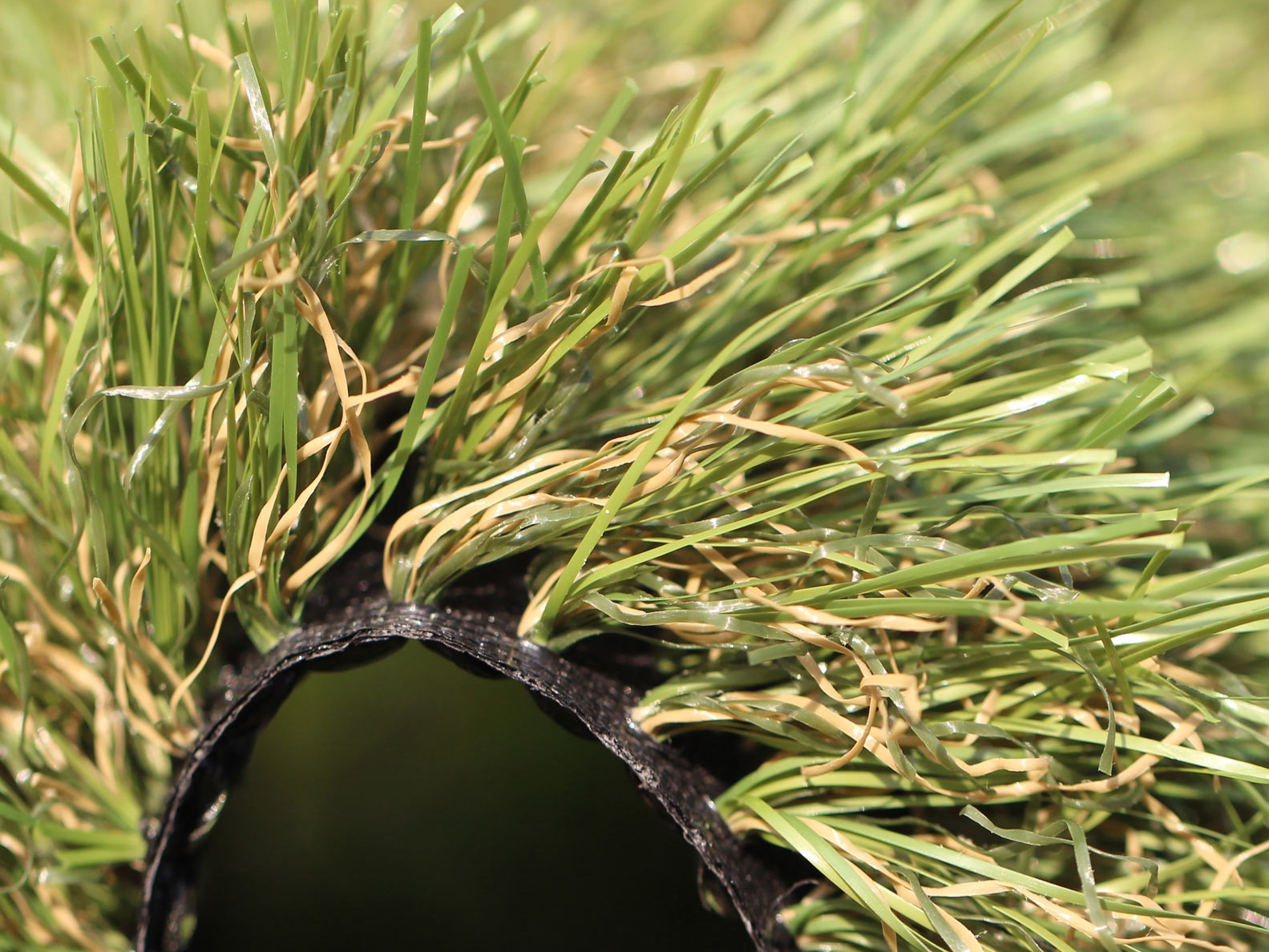Premium Arizona Turf Solutions for a Beautiful and Green Landscape
Premium Arizona Turf Solutions for a Beautiful and Green Landscape
Blog Article
See Why Homeowners Prefer Artificial Grass for Lasting Landscaping Practices
As home owners progressively focus on sustainability in landscape design, synthetic grass has arised as a compelling alternative to standard turf. Its ability to preserve water, decrease upkeep efforts, and lessen ecological impact settings it as a useful selection for those looking for environmentally friendly services. Additionally, the aesthetic charm and convenience of synthetic grass satisfy diverse design preferences. Nevertheless, the effects of this change extend beyond plain benefit and aesthetic appeals, prompting a closer assessment of how these selections influence broader ecological results. What stays to be discovered is the complete range of benefits that synthetic grass can use to house owners and the environment alike.
Water Conservation Perks
One of the most substantial benefits of fabricated turf is its duty in water preservation. In contrast, man-made grass removes this demand entirely, as it does not need watering.
In addition, the setup of synthetic grass can add to an extra lasting landscape. House owners can considerably lower their water costs, permitting reallocation of resources to other environmental campaigns or family usages. Furthermore, fabricated grass is made to stand up to different climatic problems without the demand for additional watering, making it an ideal choice for areas encountering water deficiency.
The environmental benefits prolong beyond prompt water savings. By decreasing water consumption, synthetic grass assists to alleviate the effects of environment adjustment, maintaining crucial ecological communities that are threatened by extreme water removal. As lasting landscaping practices obtain grip, synthetic grass arises as a liable choice for house owners looking for to produce environment-friendly outdoor areas.
Minimized Maintenance Efforts
Fabricated turf considerably lowers upkeep efforts compared to standard turf yards. With fabricated yard, homeowners can remove the taxing jobs related to all-natural landscape design, such as mowing, feeding, and weeding. This not just saves important time however likewise lowers physical labor, making yard care obtainable for people of any ages.
One of the most notable benefits is the lack of regular mowing. Standard yards require constant trimming to keep an aesthetically pleasing elevation, whereas synthetic lawn continues to be regularly lush without the requirement for reducing. Additionally, property owners no much longer need to apply fertilizers or pesticides, which are often needed to keep natural turf healthy and balanced. This shift not just lightens the work but additionally promotes a neater, a lot more consistent look year-round.
In addition, synthetic grass is resistant and long lasting, calling for very little upkeep past periodic cleaning and rinsing to get rid of debris. This simplicity of maintenance allows house owners to enjoy their outdoor rooms without the constant concern of upkeep, supplying more time for recreation and household activities. Inevitably, the minimized upkeep efforts related to fabricated turf make it an attractive choice for those seeking a low-maintenance, visually appealing landscape.

Environmental Impact Decrease
There is a growing acknowledgment of the ecological advantages connected with man-made turf, especially in terms of water preservation and minimized chemical use. Typical yards require significant amounts of water, especially in drought-prone regions, causing enhanced stress on regional water resources. On the other hand, man-made lawn gets rid of the need for irrigation, substantially reducing water usage and promoting sustainability.
Additionally, conventional lawn upkeep often entails the application of plant foods, herbicides, and chemicals, which can add to soil and water air pollution. Synthetic lawn alleviates this environmental danger by requiring marginal maintenance and virtually eliminating the requirement for unsafe chemicals. This not just enhances dirt health and wellness however likewise protects neighborhood ecosystems have a peek at this website from harmful runoff.
In addition, the manufacturing see post of all-natural grass yards commonly includes using nonrenewable fuel sources for cutting and landscaping tools, further contributing to greenhouse gas exhausts. By choosing fabricated grass, homeowners can substantially lower their carbon footprint connected with lawn treatment tasks.
Visual Allure and Versatility
In enhancement to its environmental benefits, synthetic grass supplies considerable aesthetic allure and versatility for landscape design. Home owners can accomplish a lush, environment-friendly appearance year-round, getting rid of the seasonal changes frequently linked with natural grass. This consistent aesthetic not only improves the visual appeal of a building but likewise contributes to a well-maintained and refined look.
Furthermore, synthetic grass is offered in a variety of textures, designs, and colors, allowing for modification to suit specific choices and layout motifs - Turf installation phoenix az. Whether used in residential yards, industrial rooms, or recreational locations, it can seamlessly incorporate right into diverse landscape design styles, from contemporary minimal to lush exotic setups
The flexibility of artificial turf prolongs beyond plain look; it can be set up in various locations, consisting of rooftops, outdoor patios, and also interior areas, creating chances for unique landscaping remedies. In addition, it is ideal for an array of activities, from youngsters's backyard to pet-friendly atmospheres, offering performance without jeopardizing design.
Ultimately, the visual allure and flexibility of synthetic grass make it an appealing option for homeowners seeking sustainable landscaping solutions that do not sacrifice beauty for environmental duty.

Long-Term Cost Cost Savings
One of the most compelling benefits of synthetic grass is its capacity for lasting cost financial savings. Unlike all-natural yard, which calls for normal upkeep-- including mowing, watering, feeding, and pest control-- synthetic grass dramatically lowers these recurring expenditures. Home owners can save a considerable quantity on water bills, especially in regions where water shortage is a pressing concern. The removal of lawn care solutions better adds to monetary savings, as there is no requirement for specific equipment content or labor.
Additionally, synthetic turf has a life expectancy of 15 to 25 years, depending upon its top quality and use. This durability decreases substitute prices, making it a more cost-effective option over time. The preliminary investment in fabricated lawn can often be recouped via the savings built up over time.
While the in advance expense might seem greater compared to turf setup, the advancing financial savings from reduced maintenance and water usage typically exceed these preliminary expenditures. Inevitably, the fostering of synthetic grass not just advertises a sustainable landscape design solution yet likewise uses homeowners a financially savvy choice that aligns with long-term budgeting objectives.
Conclusion
Artificial lawn becomes an engaging alternative for sustainable landscaping, offering substantial advantages in water conservation, reduced upkeep efforts, and decreased environmental impact. Its aesthetic appeal and flexibility enhance the aesthetic landscape while aligning with modern-day sustainability objectives. In addition, lasting price savings add to its attractiveness for homeowners. As areas progressively focus on environmentally friendly methods, the fostering of artificial grass represents a modern step toward achieving resilient and sustainable landscapes.
Additionally, fabricated turf is created to stand up to numerous climatic problems without the requirement for extra watering, making it an ideal option for areas facing water scarcity. (Turf installation phoenix az)

Man-made lawn arises as an engaging option for sustainable landscaping, supplying substantial benefits in water conservation, decreased upkeep initiatives, and decreased ecological influence.
Report this page